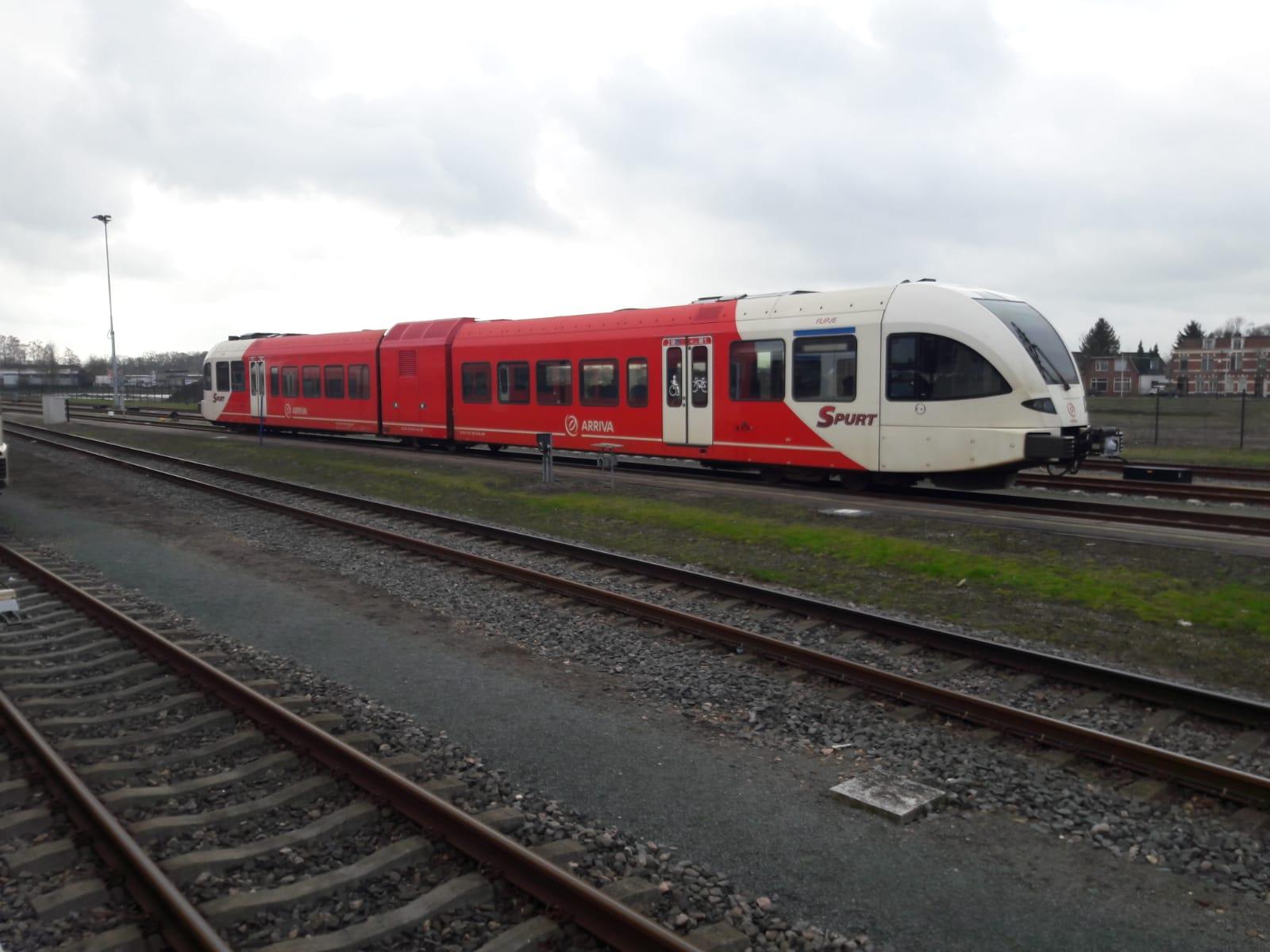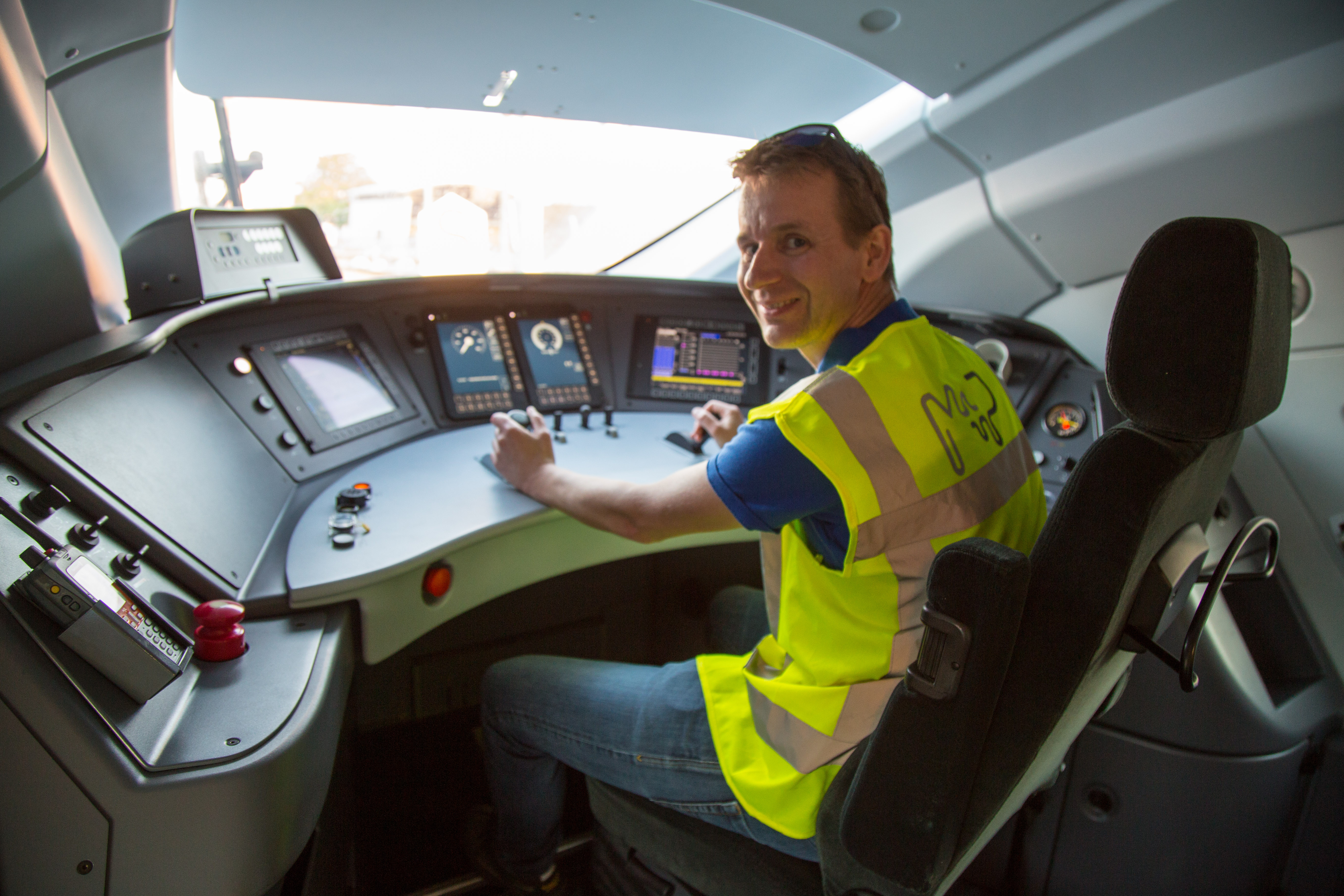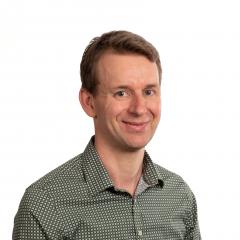
Finding your place on a railway yard
Working with noise in a railway yard offers you an insight into a different world where you hear all kinds of abbreviations that are not always clear to a layman. Over the years, Thijs van Bon and Saskia Hardeman have come to know this world inside and out. And they are proud that M+P is seen as an absolute expert in this field.
A railway yard is the part of a station or stabling yard where trains stop, start, shunt, cross each other, receive technical maintenance, are repaired and are cleaned. What is the role of M+P in a place like this? The first thing Saskia thinks of is the Dynamic Noise Model that M+P developed for ProRail to gain a better understanding of the noises generated in a railway yard. All the activities described above, including railway management systems, produce plenty of noise. And in order to limit the nuisance to local residents as much as possible, the noise must not exceed the level set by law.
From "clickety-clack to SCS
According to Thijs, M+P was already carrying out assignments for the Dutch Railways at the end of the 1980’s. “That was before ProRail had even started managing the infrastructure. The first version of a Dynamic Noise Model for a railway yard was an Excel module developed in the early 2000’s. I was working on that when I came to work here 18 years ago. ProRail is currently still using this Windows application that M+P started developing around 2012. With today’s mostly jointless tracks, the well-known “clickety clack” noise has been reduced considerably, but the high-pitched squealing noise of a set of points is still an important source of noise pollution in railway yards. Switching on the SCS, Stationary Conditioning System, which sprays a product on the rail points, can be a solution.”
Getting to know the world
When Saskia became involved as a noise consultant in railway yards more than 5 years ago, she entered a whole new world where she had to master all kinds of new concepts and calculation methods. “It took some getting used to, but being assigned ‘my own’ railway yard for the first time in Utrecht was a real turnaround. For the first time I was involved in an survey from start to finish, and I started to understand the abbreviations everyone around me was using. Now, when I walk across Utrecht Station, it almost feels like I’m walking through my own noise model.”
Calculating with representative Business Situations
“ProRail draws up a Representative Business Situation for all the different types of railway yard processes,” explains Saskia. “The situations sometimes change. In the past, a new calculation model was made for each business situation, but with the help of the Dynamic Noise Model, it is now an efficient standardised and largely automated process. We link noises from a source list to a basic model and then enter a ProRail business situation that states what happens where. The extent of the noise is then calculated by combining the basic model with the operating situation. The advantage is that if ProRail wants to change something in its processes, only the operating situation needs to be adjusted, which means they can then easily calculate whether they will exceed the noise regulations in the permit with that change themselves.”
New developments
Work on the Dynamic Noise Model is now being completed. Thijs explains why: “With the arrival of the Environmental Act, things will change. Soon it will not only be the noise of trains moving to the timetable that will be included in the noise register, but also the noise of shunting and stationary trains in the railway yards. The noise register has been adapted to this by Ard Kuijpers and Erik van Gils, and the functionality of the Dynamic Noise Model has also been incorporated.” Saskia adds: “Until now, yard noise was included in the permits of municipalities, but now it will be a national management system. This is not only exciting for ProRail, but also for the transporters, municipalities and local residents.”
Tinkering with noise models is useful, but Saskia admits it can sometimes be a bit boring, although Thijs finds it a soothing activity with a cup of coffee. Taking measurements at a railway yard at night is much more fun. This is because of all the organisation required to get the right train to the right place, and working with a safety person and a technician who ensures the right systems have been switched on. “But once it’s all arranged, we have the power to send this huge colossus driving up and down the tracks”, laughs Thijs, “it’s simply magical!”

